Japan leads the world in dealing with an aging population, offering valuable lessons for the United States as it faces similar demographic challenges. From healthcare innovations to community engagement, here are 21 strategies that America can adopt from Japan to support its elderly citizens more effectively.
#1. Universal Health Care
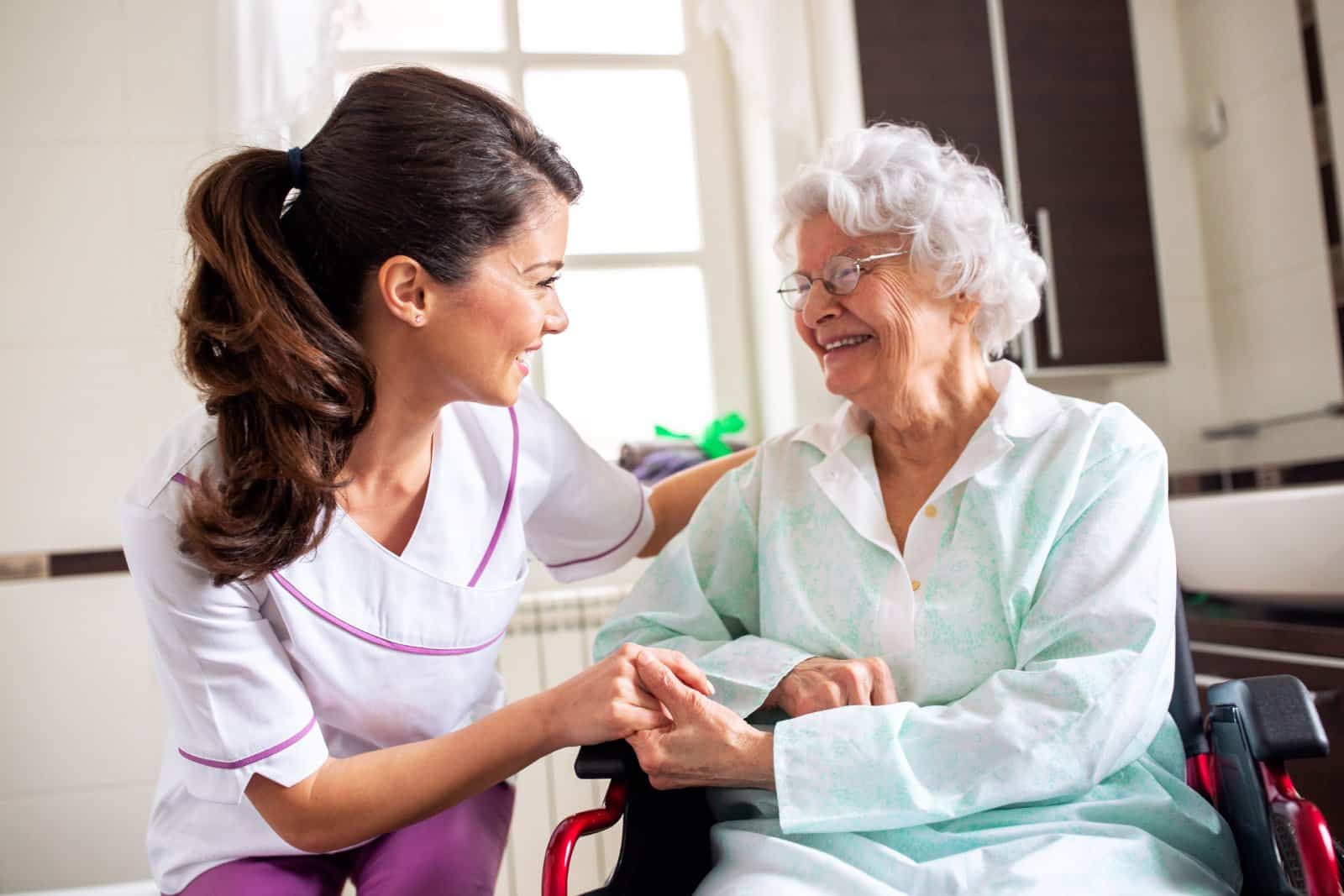
Japan’s universal health care system ensures that all elderly citizens receive the medical attention they need without crippling expenses, a model that could benefit the aging U.S. population.
#2. Long-term Care Insurance

Introduced in 2000, Japan’s long-term care insurance system provides comprehensive services for the elderly, reducing the burden on family members and ensuring consistent care standards.
#3. Community-based Care
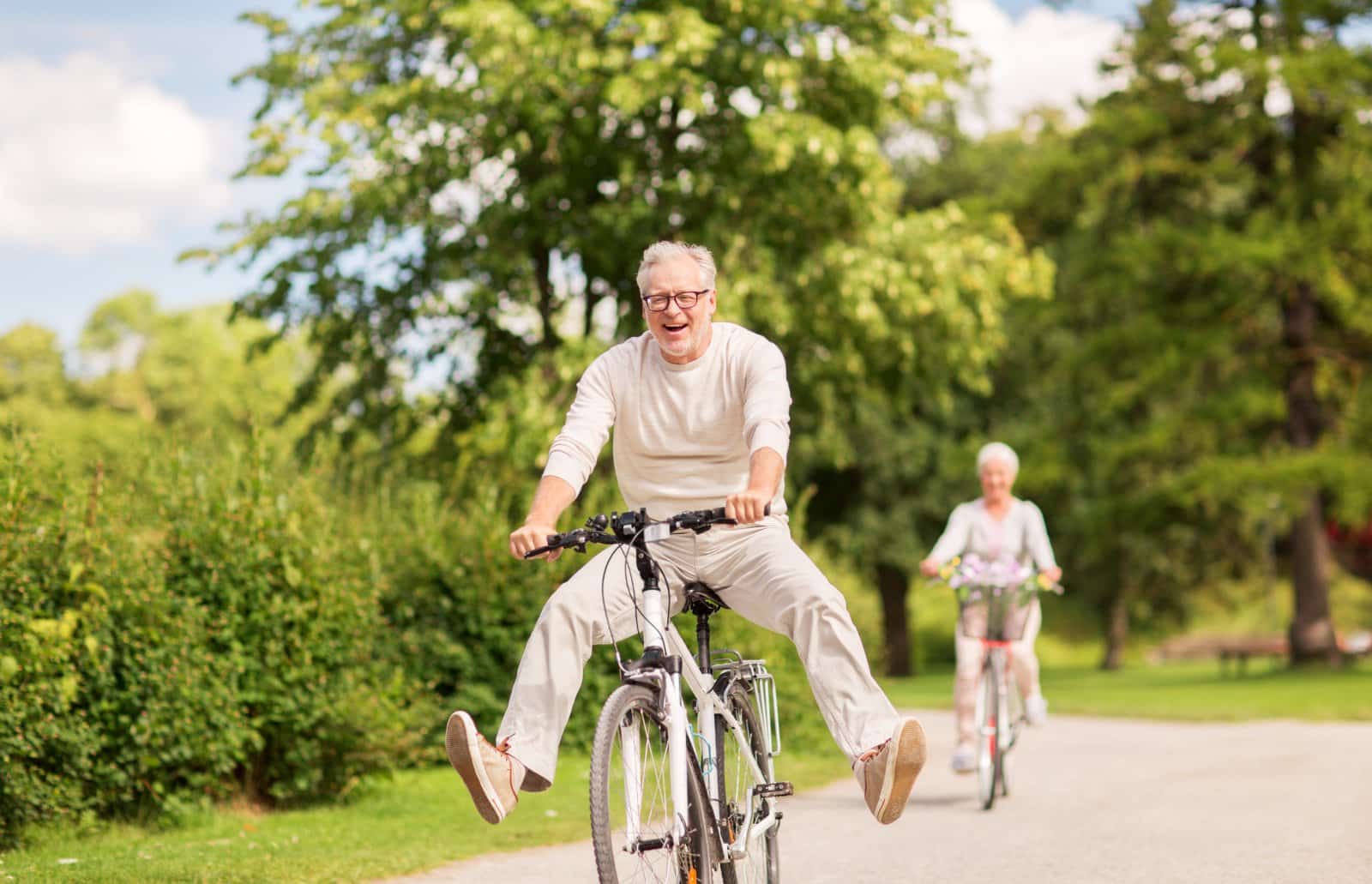
Japan emphasizes care within the community, allowing the elderly to stay in familiar surroundings. This approach fosters comfort and improves the quality of life.
#4. Support for Aging in Place

Japan invests in home modifications and community support systems that allow older adults to live independently for longer, delaying or avoiding the need for institutional care.
#5. Early Dementia Detection and Support

Japanese health services focus on early detection and comprehensive support for dementia, providing training for families and creating dementia-friendly communities.
#6. Technology Integration

From robotics to improve mobility and care to apps that monitor health and safety, Japan integrates technology to enhance elderly care, a tactic that could be expanded in the U.S.
#7. Retirement Planning Education

Japanese citizens are educated on financial planning from a young age, with a strong emphasis on preparing for retirement, promoting financial independence and security in old age.
#8. Elderly Employment Programs

Recognizing the value of keeping seniors active and engaged, Japan offers various programs that encourage elderly employment, providing purpose and a source of income.
#9. Public Transportation Accessibility
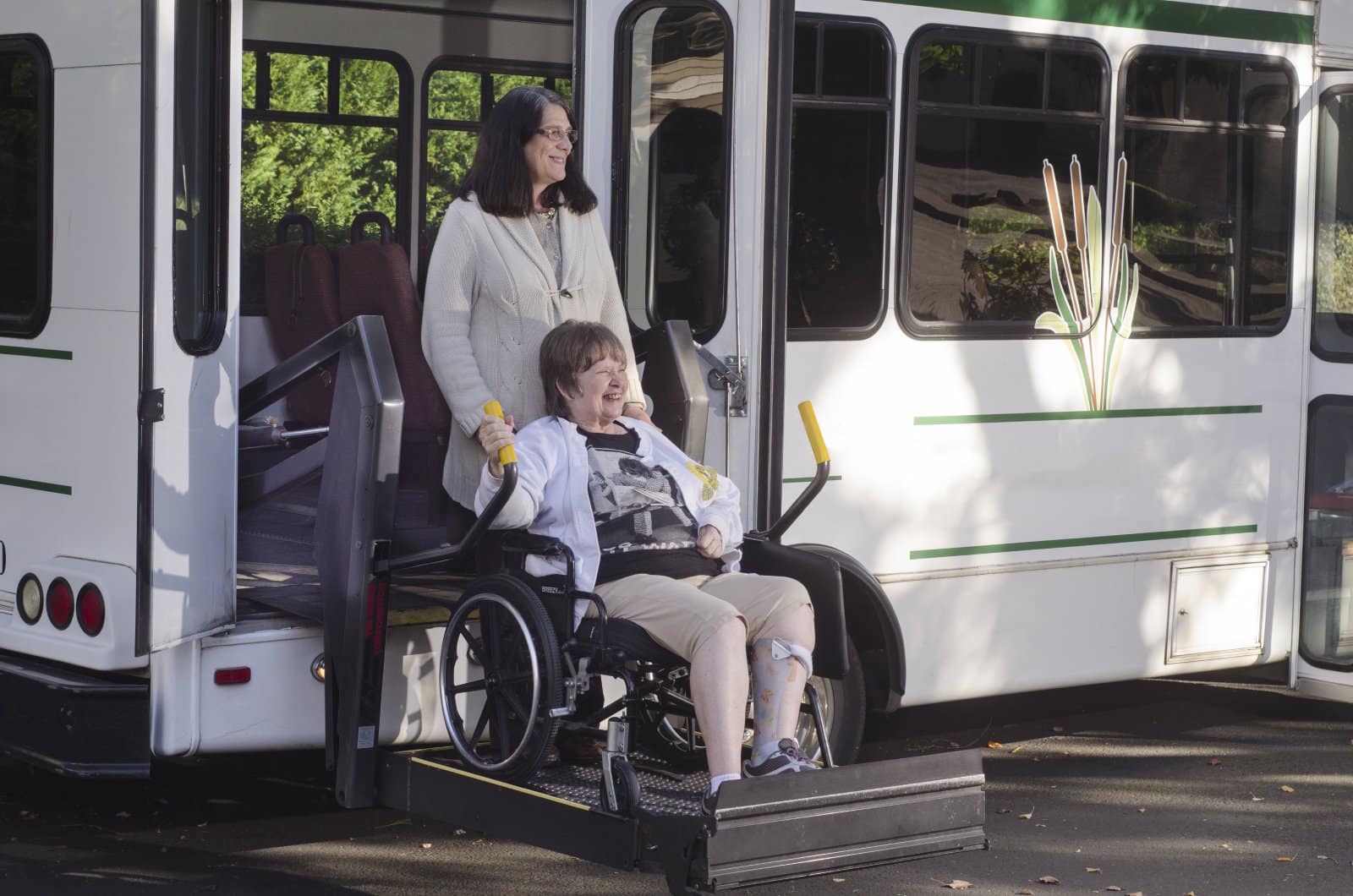
Japan’s public transportation is designed to be accessible for the elderly, with priority seating, elevators, and escalators, making mobility easier and more comfortable.
#10. Compact City Design

Japanese cities often feature compact designs that make daily errands and access to services manageable for seniors, reducing isolation and increasing convenience.
#11. Geriatric Healthcare Specialist Training

Investing in specialized healthcare training, Japan prepares medical professionals to meet the specific needs of an aging population, a practice that could be mirrored in the U.S.
#12. Respect for the Elderly
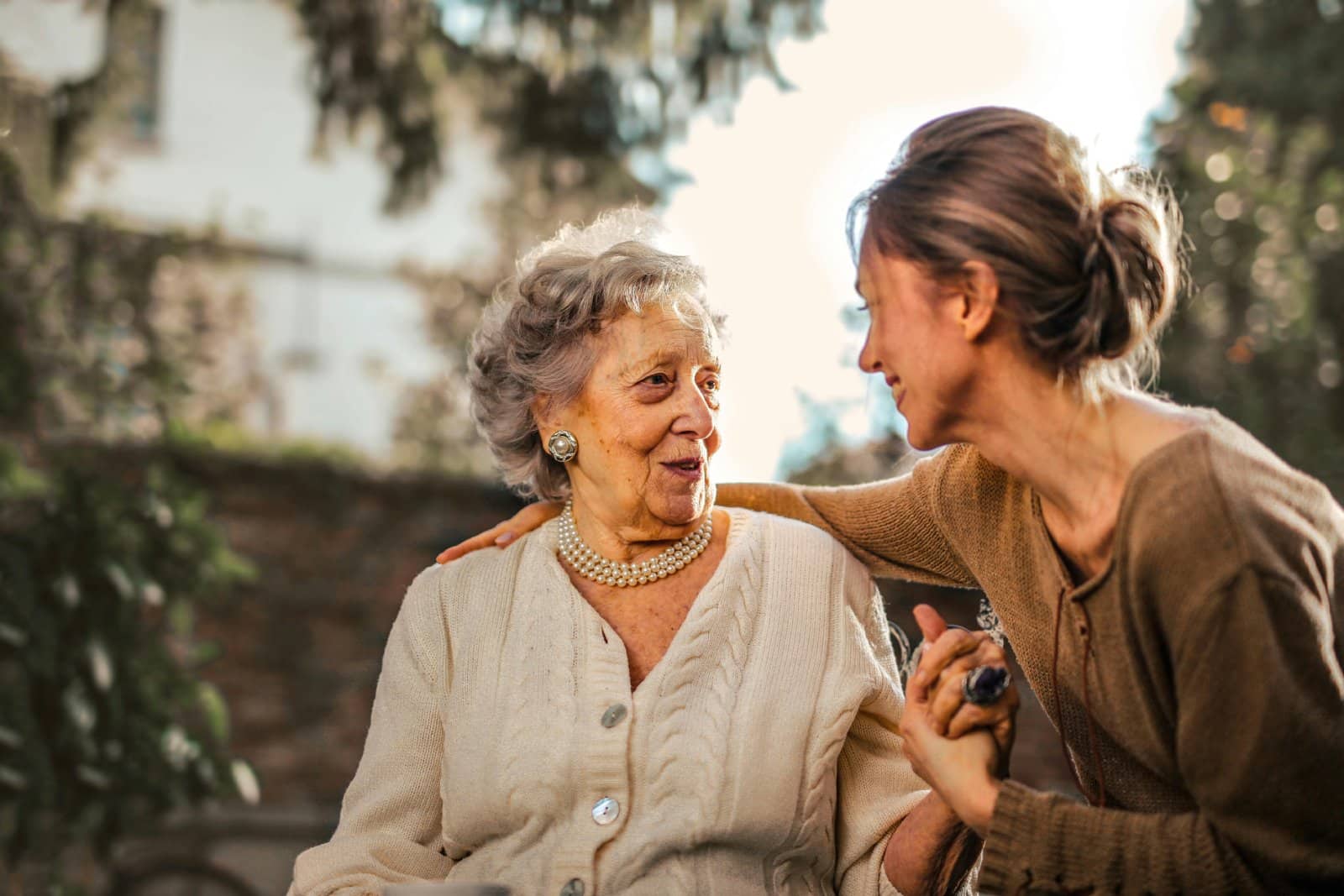
Cultural respect for the elderly in Japan translates into better care and more significant societal integration, a social norm that can be cultivated further in American culture.
#13. Nutrition Focus in Healthcare
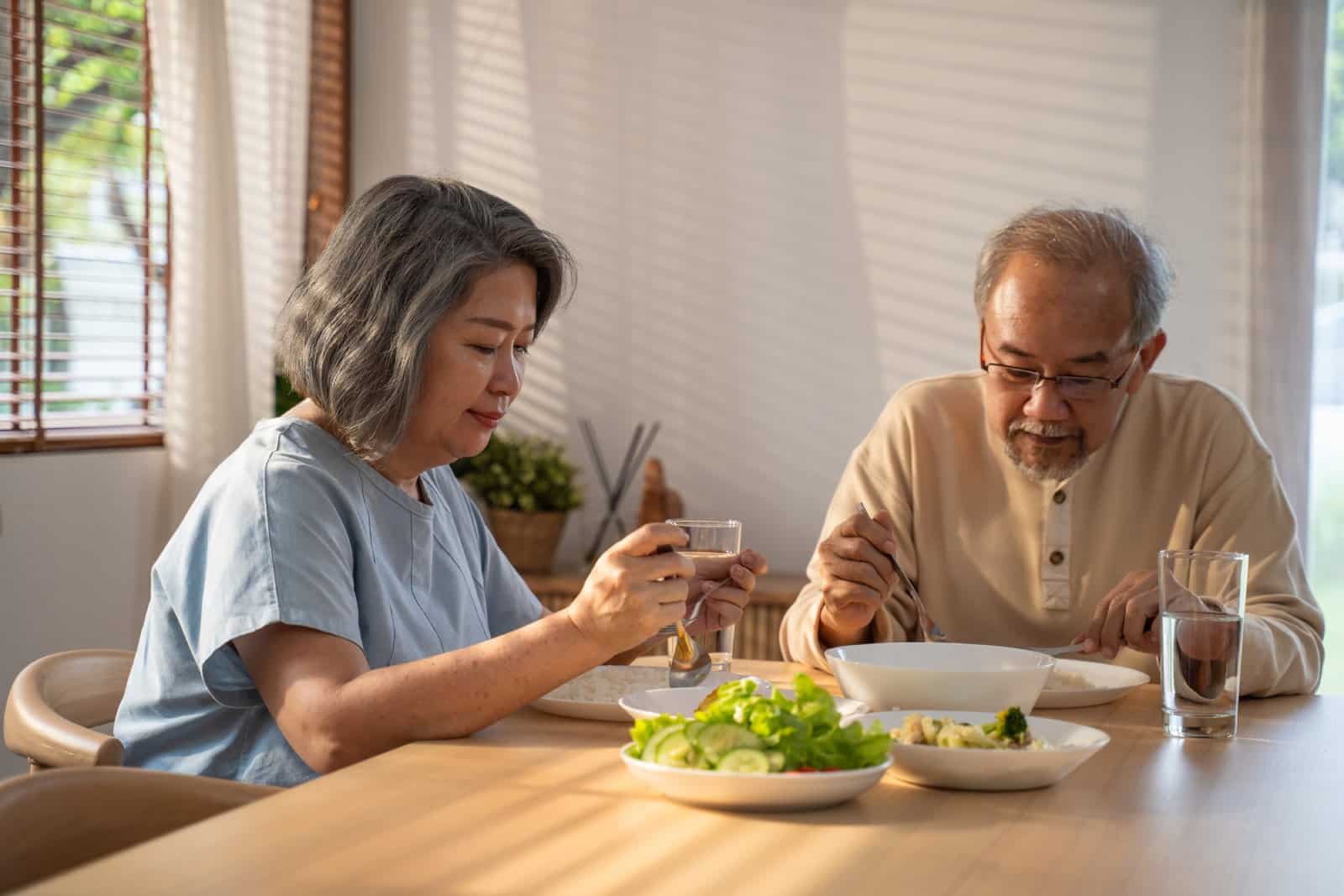
Japanese dietary habits contribute to longevity and lower instances of age-related diseases, an approach that can be adapted in American dietary guidelines for seniors.
#14. Preventative Care Measures

Japan places a high emphasis on preventative care to maintain health longer into old age, reducing the overall healthcare burden.
#15. Innovative Senior Living Solutions

Japan explores innovative housing solutions like senior co-housing and multi-generational homes to prevent loneliness and ensure that seniors receive necessary social interaction.
#16. Community Centers for Seniors
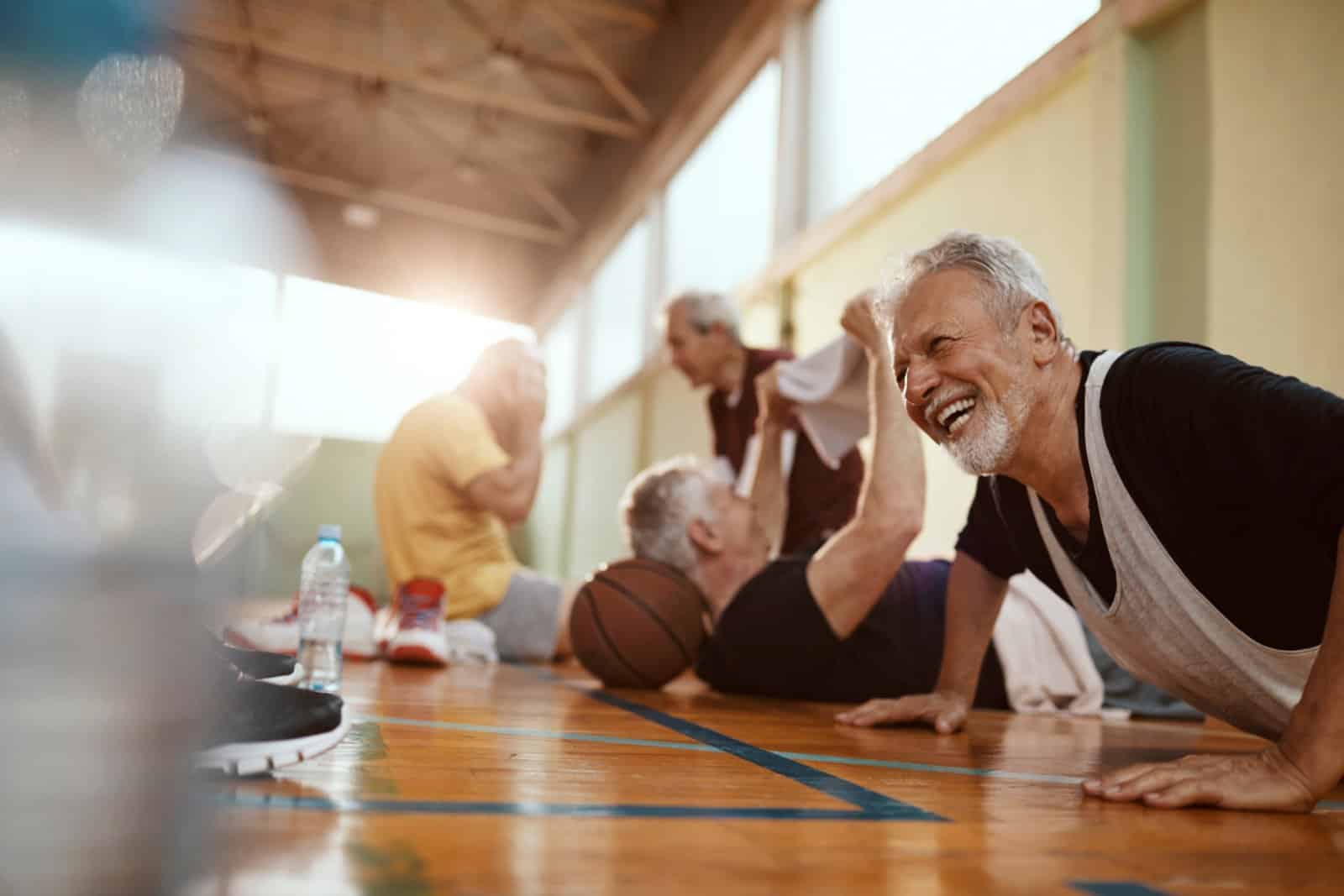
Extensive use of community centers provides social, recreational, and educational opportunities for seniors, helping to keep them mentally and physically active.
#17. Government Incentives for Family Caregivers

Japan offers various government incentives to support family members who care for their elderly relatives, alleviating financial and emotional strain.
#18. Emergency Response Systems
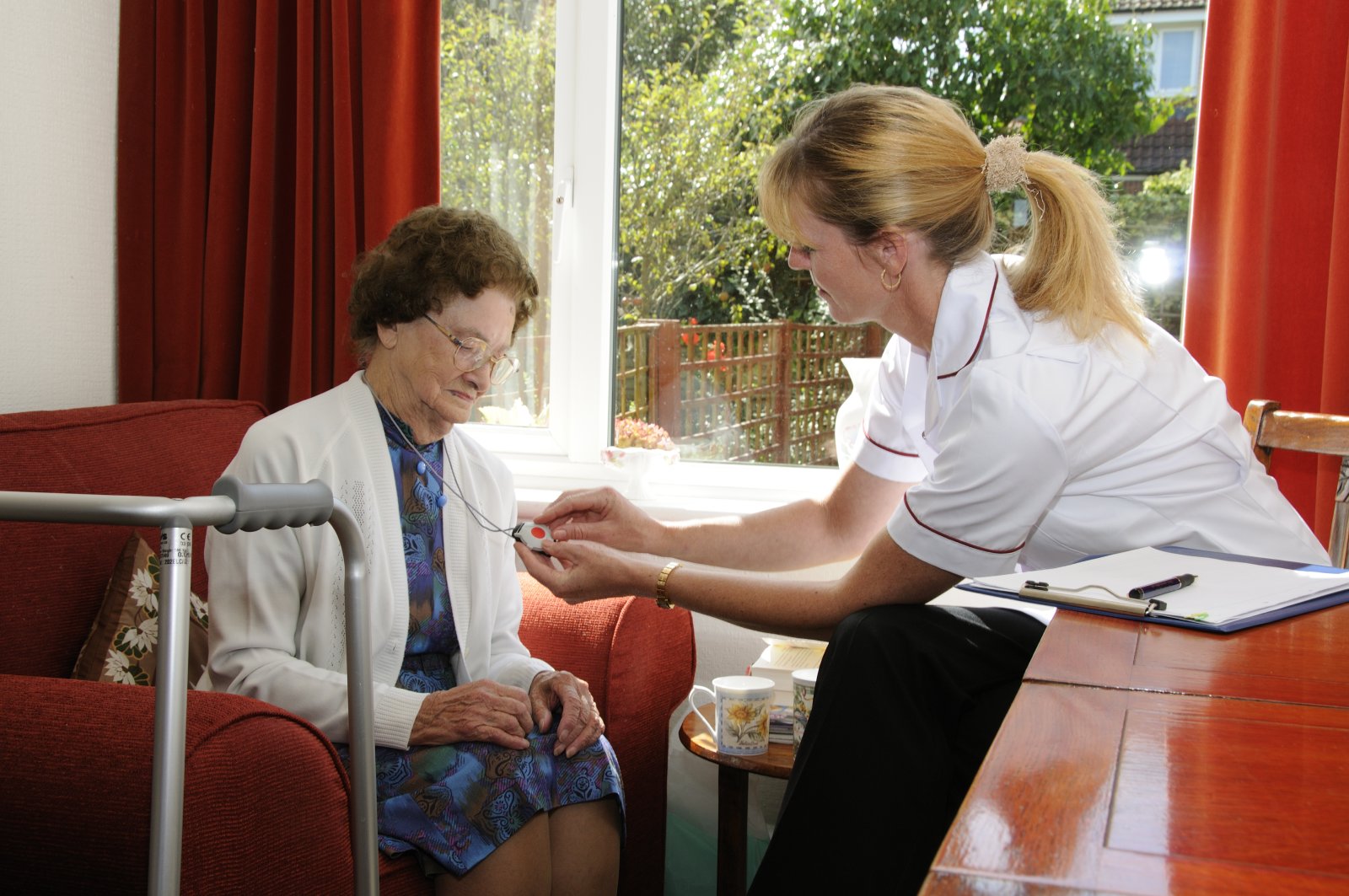
Advanced emergency response systems in Japan prioritize the elderly, especially during natural disasters, ensuring their safety and quick access to aid.
#19. Subsidized Senior Services

Services such as housekeeping, meal delivery, and personal care are subsidized for the elderly in Japan, making these essential services more accessible.
#20. Lifelong Learning Opportunities

Lifelong learning programs keep the elderly mentally engaged and informed, improving their quality of life and overall well-being.
#21. Elderly-Friendly Urban Planning
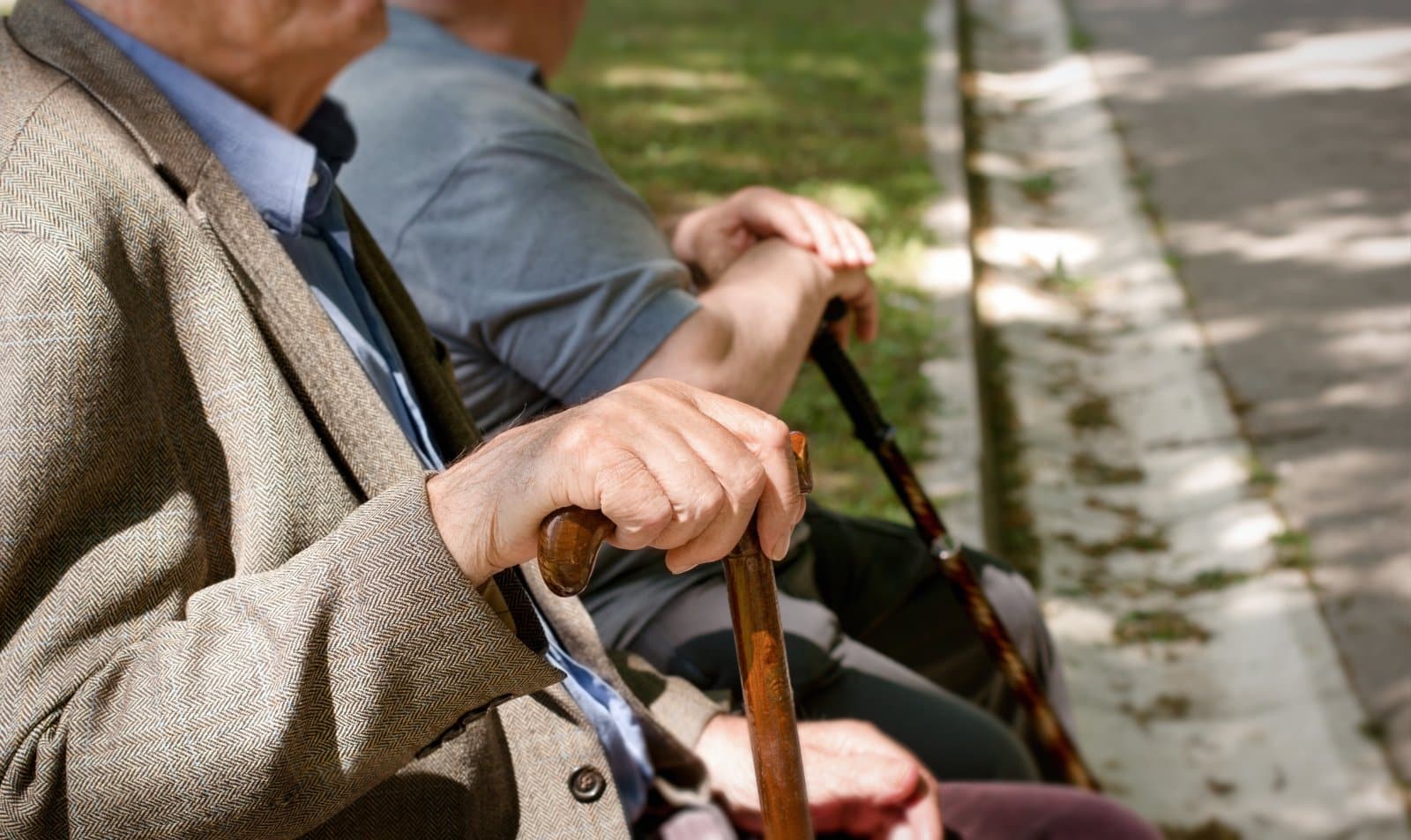
Urban planning in Japan takes into account the needs of the elderly, with benches, public restrooms, and pedestrian-friendly paths integrated into city design.
Embracing an Aging Future

As the U.S. faces the challenges of an aging population, adopting Japan’s comprehensive and respectful approach to elderly care could improve quality of life and sustainability. By learning from Japan, America can better prepare to support its aging citizens in the coming decades.
The post – 21 Ways the US Can Learn from Japan’s Aging Demographic – first appeared on Career Step Up.
Featured Image Credit: Shutterstock / pics five.
The content of this article is for informational purposes only and does not constitute or replace professional financial advice.
For transparency, this content was partly developed with AI assistance and carefully curated by an experienced editor to be informative and ensure accuracy.

